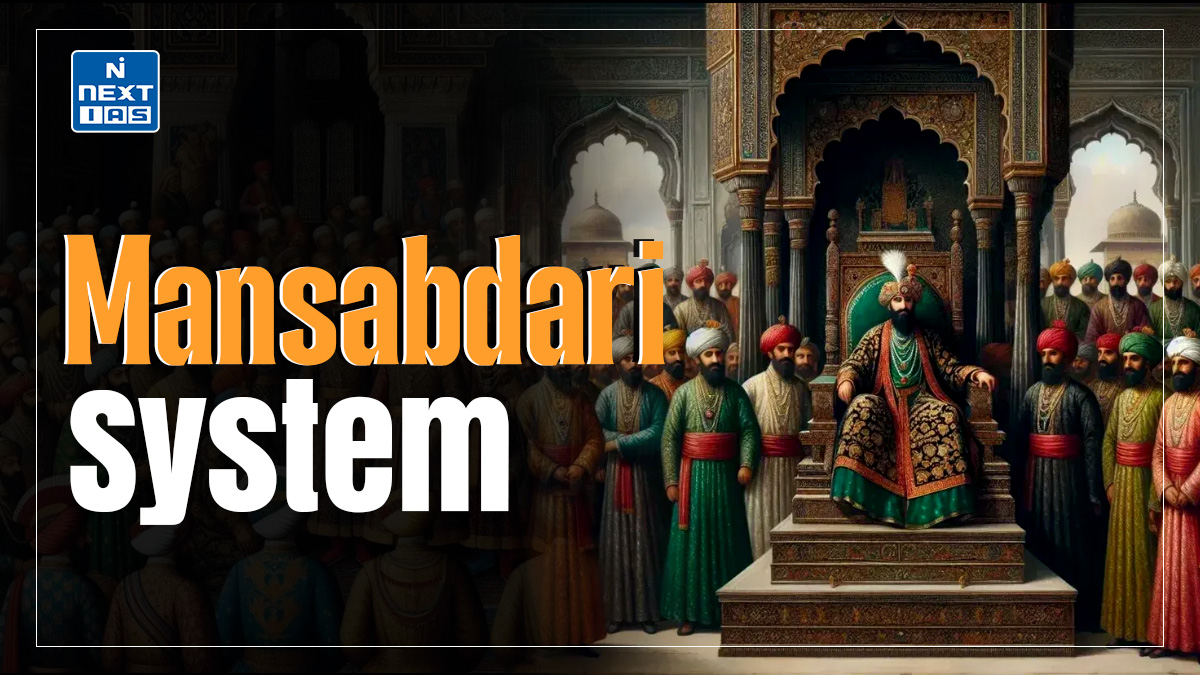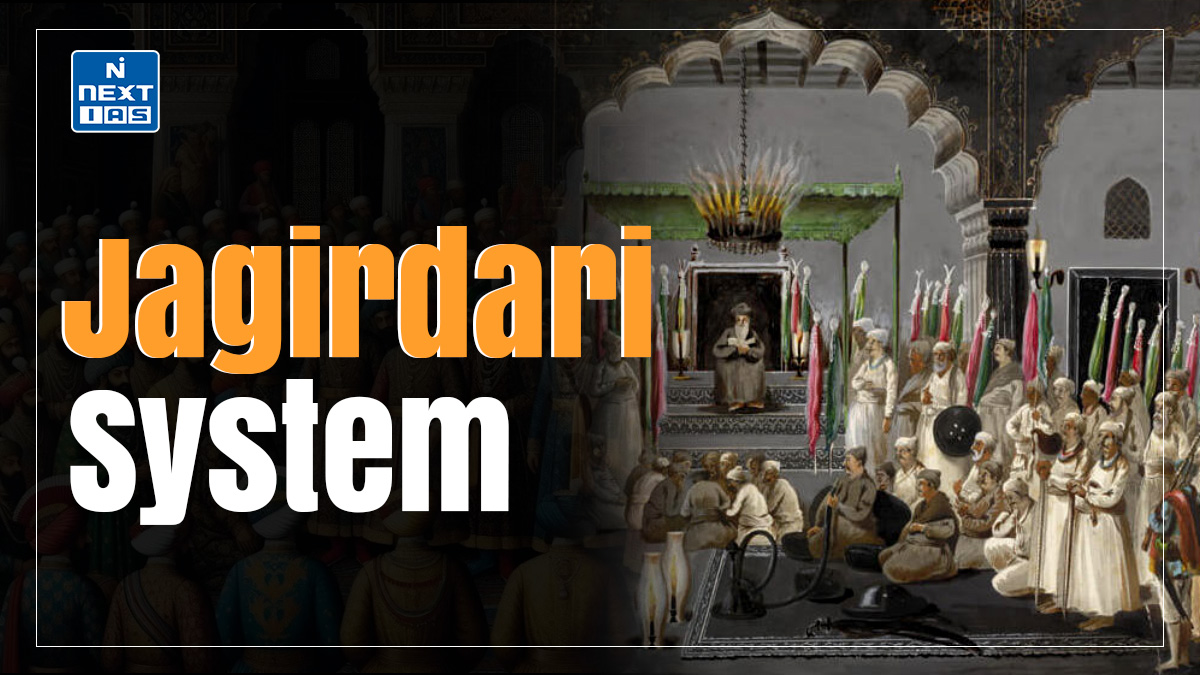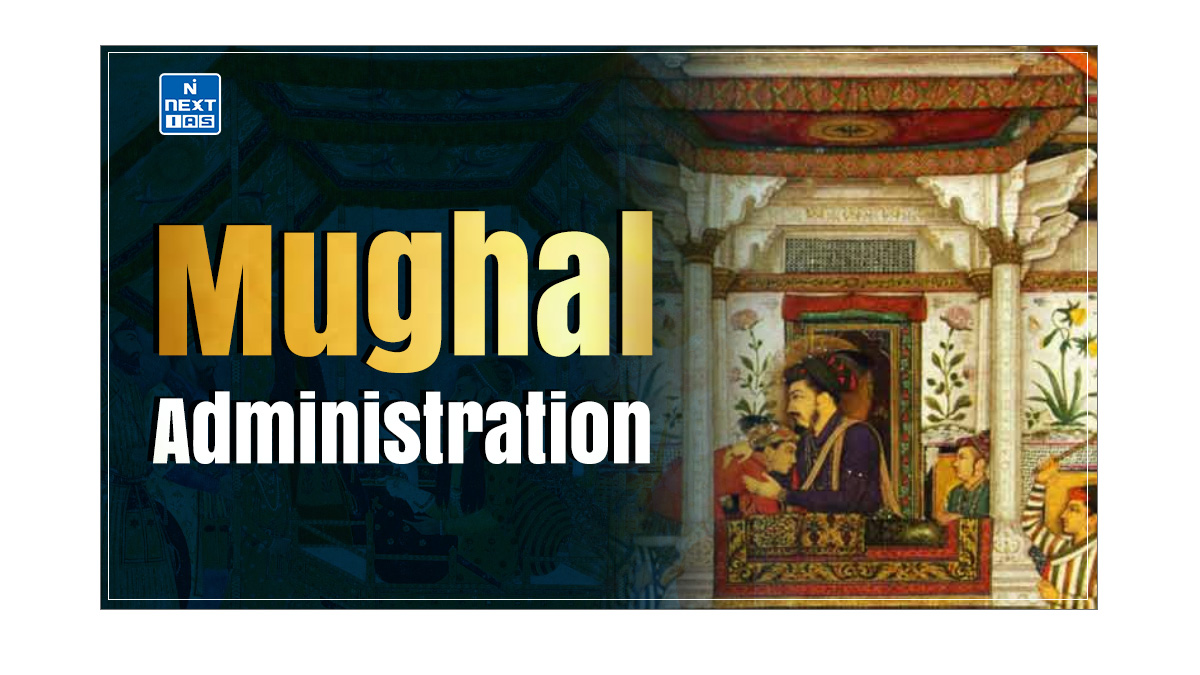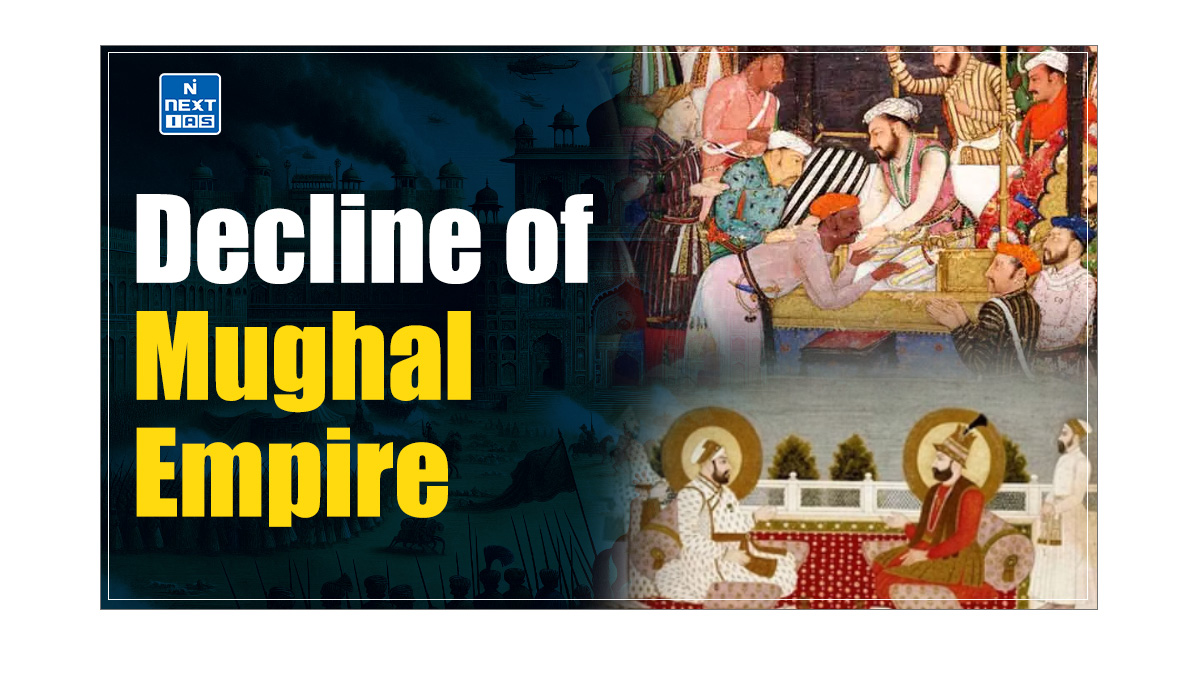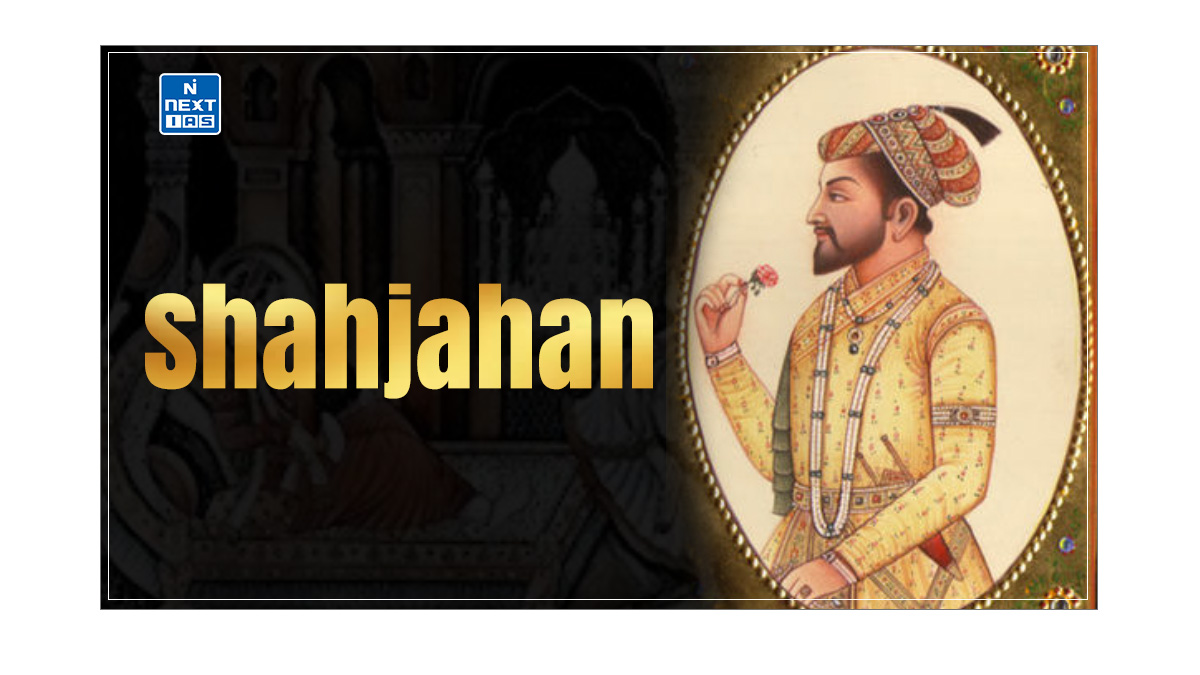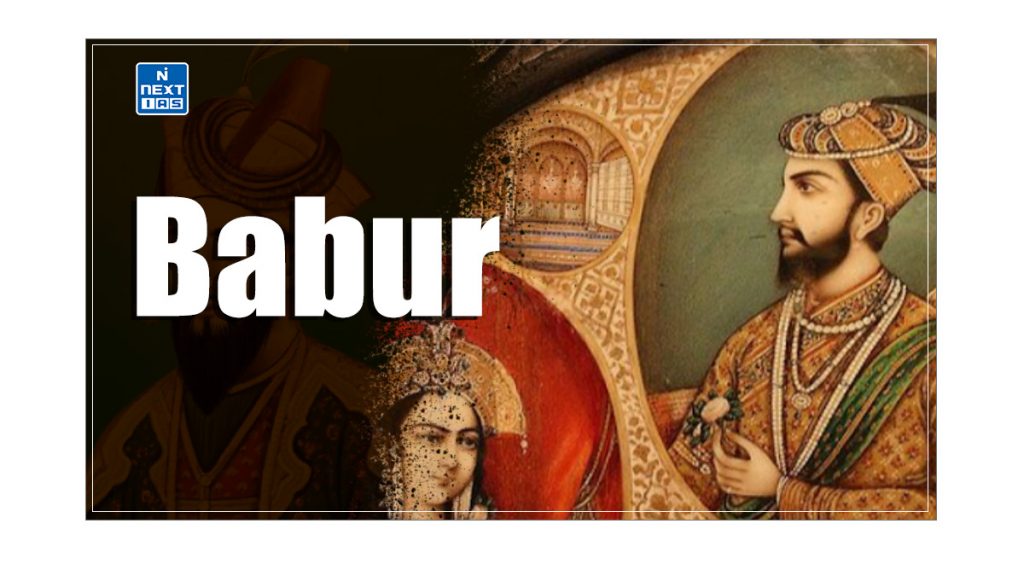
Babur, a descendant of Genghis Khan and Timur, rose to power in the early 16th century, marking the beginning of the Mughal Empire in India. His early conquests and strategic brilliance in battles against the Delhi Sultanate showcased his ambition and military innovation. Driven by the wealth of India and the desire for stability, Babur transformed the political landscape, merging cultures and paving the way for a unified empire. This article aims to study in detail Babur’s rise to power and the establishment of the Mughal Empire, exploring his military strategies and cultural contributions.
About Babur
- Babur was a descendant of the Mongol Emperor Genghis Khan and Timur and, thus, a Timurid Prince.
- At the young age of 12, he ascended to the throne of Ferghana, a small state in Trans-Oxiana.
- To expand his kingdom, he made several attempts to acquire Samarqand from his uncle, who had extraordinary prestige in the Islamic World.
- However, this infighting among the Timurid Princes ultimately led to the Uzbek Chief, Shaibani Khan, overrunning their kingdoms.
- This forced Babur to move towards Kabul, which he conquered in 1504. When the Herat Khan was also over run by Shaibani province, it led to a direct conflict between the Uzbeks and the Safavids, as both coveted the Khorasan area (Herat and the surrounding area).
- In a famous battle in 1510, Shah Ismail, the Shah of Iran, defeated and killed Shaibani Khan. This enabled Babur to become ruler of Samarqand with Iranian help.
- However, soon after their defeat, the Uzbeks recovered and retook Samarqand, forcing Babur to return to Kabul.
- Finally, Shah Ismail was defeated by the Ottoman Sultan in 1514, thus leaving the Uzbeks as the masters of Trans-Oxiana. These developments forced Babur to look towards India.
Read our detailed article on the Mughal Empire, Humayun, Akbar, Jahangir, Shah Jahan, Aurangzeb, Mughal Administration, Mansabdari System, Jagirdari System and Decline of the Mughal Empire.
Conquest of India by Babur
The following factors influenced Babur’s conquest of India:
- Lure of wealth and resources of India: Like countless other invaders from Central Asia, Babur was drawn to India by the lure of fabulous wealth and resources.
- Since early childhood, Babur had heard stories of his ancestor Timur’s ransacking and plunder of Delhi during the reign of Nasir-ud-Din Mahmud Shah Tughluq in 1398.
- After the Delhi massacre, Timur carried away a vast treasure and many skilful artisans who helped him consolidate his Asian Empire and beautify his capital. He also annexed some areas in Punjab.
- When Babur conquered Afghanistan, he felt he had a legitimate right to these richly endowed areas of Punjab.
- Meagre resources of Kabul and the ever-present Uzbek threat: Kabul yielded a meagre income as it was not resource-rich like Punjab.
- With these meagre resources in the areas that he ruled (Badakhshan, Qandhar, and Kabul), Babur could not provide well for his begs (noblemen) and kinsmen. Moreover, the Uzbek threat was always present in Kabul.
- So Babur considered India a good place of refuge with immense wealth and, thus, a suitable base for operations against the Uzbeks.
- Chaotic political situation in North India: The political situation in northwest India was suitable for Babur’s entry into India as it was chaotic.
- At the beginning of the sixteenth century, India was a confederacy of several small independent states that could easily fall prey to any strong and determined invader.
- After Sikandar Lodi died in 1517, Ibrahim Lodi succeeded him. Ibrahim Lodi’s plan to create a strong, centralised empire alarmed the Afghan chiefs and the Rajputs.
- The chief among them were Daulat Khan Lodi, governor of Punjab, and Rana Sanga, chief of the Rajput confederacy.
- At various times, they sent embassies to Babur to invite him to India and suggested that he should displace Ibrahim Lodi since he was a tyrant.
- Finally, in 1525, after multiple attempts, Babur became the master of Punjab.

Battles of Babur
Beginning with the Battle of Panipat in 1526, Babur fought several battles, which paved the way for the establishment of the Mughal Empire in India.
First Battle of Panipat (1526)
- In Panipat, near Delhi, a war occurred between Babur and the ruler of Delhi, Ibrahim Lodi.
- Babur was a master strategist and battle-hardened. He used gunpowder in artillery to his great advantage.
- He strengthened his position by resting one wing of his army in the houses of the city of Panipat and protecting the other with a ditch filled with tree branches and a defending wall.
- He created the Ottoman (Rumi) device, a combination of defence and attack positions. Moreover, Babur had two Ottoman master gunners, Ustad Ali and Mustafa, in his ranks to operate the artillery attacks.
- At the same time, Ibrahim Lodi was unaware of Babur’s war strategy and his vigorously defended position.
- After a week of war, the two extreme wings of Babur’s army attacked Ibrahim’s forces from the side and rear. Babur’s gunners used their guns with good effect from the front.
- Lodi was caught in between and was attacked from all sides by Babur. Babur gives a massive credit to his bowmen for the victory.

Battle of Khanwa (1527)
- It was a battle in which the Mughal Emperor Babur defeated a confederacy of Rajputs and Afghans headed by Rana Sanga of Mewar.
- Babur’s decision to stay in India provoked Rana Sanga’s hostility, and he began preparing for a showdown with Babur. Rana Sanga had domination over Eastern Rajasthan, Malwa.
- Thus, Babur’s establishment of an empire in the Indo-Gangetic Valley was a threat to Rana Sangha.
- Babur accused him of breaching the agreement. He says that Sanga had invited him to India and promised to join him against Ibrahim Lodi but made no such move.
- It is not known what precise promises Rana Sanga had made. However, Babur’s decision to stay in India completely changed the situation.

Battle of Chanderi (1528)
- After the battle of Khanwa, the power of the Rajputs was only crippled but not crushed.
- To further consolidate the gains and strengthen his position, Babur conquered a chain of forts-Gwalior and Dholpur, towards the east of Agra.
- He also annexed a large part of Alwar from Hasan Khan Mewati. When Babur received news that Rana Sanga had renewed war preparations to renew the conflict with him, he decided to isolate Rana by inflicting a military defeat on one of his staunchest allies, Medini Rai of Chanderi in Malwa.
- Chanderi was a stronghold of the Rajputs. The Rajputs decided to fight until the end, and it was captured after the Rajput defenders had died fighting to the last man, and their women burned themselves by performing Jauhar.
- After the battle of Chanderi, Babur’s authority was not challenged by the Rajputs.
Battle of Ghaghra (1529)
- It was fought between the forces of Babur, the Eastern Afghan Confederates under Sultan Mahmud Lodi, and the Sultanate of Bengal under Sultan Nusrat Shah.
- Although the Afghans had been defeated, they needed to be reconciled to the Mughal Rule, especially in Eastern UP.
- They had ousted the Mughal officials in Eastern UP and reached Kannauj. The Afghan Sardars were backed by Nusrat Shah, the ruler of Bengal, who had married a daughter of Ibrahim Lodi.
- However, they needed a popular leader. After some time, Mahmud Lodi, brother of Ibrahim Lodi, who had fought against Babur at Khanwa, reached Bihar.
- The Afghans hailed him as their leader and mustered strong support under him.
- This was a threat Babur could not ignore. After crossing the Ganga near Banaras, he faced the combined forces of the Afghans and Nusrat Shah of Bengal at the crossing of the Ghaghra River.
- Although Babur crossed the river and compelled the combined forces of Bengal and Afghan armies to retreat, he could not win a decisive victory. Being ill and anxious about the situation in Central Asia, Babur decided to patch up an agreement with the Afghan Chiefs.
- He also patched up a treaty with Nusrat Shah of Bengal. The Battle of Ghaghra was important because it finished the challenge of the last of the Lodis.
Challenges Faced by Babur in India
- Many of his begs (Nobles) were not prepared for a long campaign in India. In this strange and hostile land, they longed for their kinsmen and the cool climate of Central Asia.
- With the onset of hot weather, their misgivings increased further. However, Babur knew that the resources in India alone would enable him to build a strong empire and satisfy his begs.
- Thus, he proclaimed his intention to stay in India and granted leave to several beggars who wanted to return to Kabul.
- He also faced remarkable hostility from the common citizenry, who had bitter memories of the genocide of Timur. Moreover, he had to continuously wage battles to lay the foundation of his nascent kingdom.
Significance of Babur’s Advent
- Political Reorganisation: His expedition led to the establishment of an all-India empire. In north India, Babur smashed the power of the Lodis and the Rajput confederacy led by Rana Sanga, thus destroying the balance of power. This was a step in the direction of the establishment of an all-India empire.
- Security from External Invasions from the North West: Babur and his successors gave India security from external invasions for almost 200 years.
- For the first time since the downfall of the Kushan empire, Kabul and Kandahar became integral parts of an empire comprising north India; hence, staging attacks from the North West could be prevented.
- Trade and Commerce: India could take a more significant share in the great trans-Asian trade.
- The control of Kabul and Kandahar strengthened India’s foreign trade since these two towns were the starting points for caravans meant for China in the east and the Mediterranean seaports in the west.
- Military Strategy and Modern Warfare Technology: Babur showed the Indian Chiefs and soldiers a new method of warfare.
- Through his ‘Tulugma’ strategy, Babur started dividing the army into sections on the battlefield and keeping some army in reserve. Gradually, horses took the place of elephants on the battlefields.
- Before Babur’s advent, gunpowder was not widely used in wars in India. However, machine guns and gunpowder became commonly used in India after the First Battle of Panipat.
- He introduced a new mode of warfare and showed what a skilled combination of artillery and cavalry could achieve. His victories led India to popularise costly gunpowder and artillery rapidly.
- Since artillery and gun powders were expensive, they favoured rulers with large resources, thus introducing an era of large kingdoms.
- Foundations of Secular State in Medieval India: Babur was the first Muslim ruler of India to abolish the practice of owing allegiance to the Caliph, the Head of the Islamic World.
- It enhanced the prestige of the crown. It was Babur who declared himself to be ‘Padshah’.
- Thus, he severed all his connections with the Khalifa and made himself independent of all theocratic influence in principle and practice. He also endeared himself to his begs and army by his personal qualities.
- He declared the war against Rana Sanga as jihad for political reasons and not on religious grounds.
- Culture: He was deeply learned in Persian and Arabic and is regarded as one of the two most famous writers in the Turkish language.
- His autobiography, Tuzuk-i-Baburi, is considered one of the classics of world literature.
- He was in touch with famous poets and artists of his time and was a naturalist.
- He set up many gardens with running water and thus established a trend. Persian Culture deeply inspired him.
Conclusion
Babur’s legacy is a cornerstone of Indian history. He established an empire that fostered trade, culture, and a unique blend of traditions. His secular approach to governance and military strategies redefined power dynamics in the region. Through his writings, Babur’s vision and experiences continue to inspire, illustrating the enduring impact of his rule on India’s cultural and political fabric.
Baburnama
- The Baburnama, also known as the Memoirs of Babur, is the autobiography of Zahir-ud-din Muhammad Babur, the founder of the Mughal Empire in India.
- Written in Turkish, Babur’s mother tongue, it provides an extraordinary first-person account of his life, beginning with his ancestry, struggles for power in Central Asia, and ultimately his conquest of Hindustan.
- The Baburnama is significant for its historical detail on Babur’s military campaigns and its vivid descriptions of the people, cultures, flora, and fauna of the lands he encountered.
- Known for its candid, reflective style, the work offers insight into Babur’s personality, including his poetic sensibilities, love for nature, and keen observations on governance.
- This makes the Baburnama a rare literary gem and an invaluable primary source on 16th-century Central Asian and Indian history.
Frequently Asked Questions (FAQs)
Who was Babur?
Babur was the founder of the Mughal Empire in India. Born in 1483, he was a descendant of Timur and Genghis Khan and established his rule after defeating the Sultan of Delhi, Ibrahim Lodi, at the Battle of Panipat in 1526.
How did Babur die?
Babur died in 1530 in Agra due to illness. His remains were later moved to a garden in Kabul, which he had chosen as his burial place.
Who invited Babur to India?
Babur was invited to India by Daulat Khan Lodi, the governor of Punjab, and Rana Sanga of Mewar. They sought his help in overthrowing Sultan Ibrahim Lodi’s rule.
Who succeeded Babur?
Babur was succeeded by his son Humayun, who became the next emperor of the Mughal Empire in 1530.
